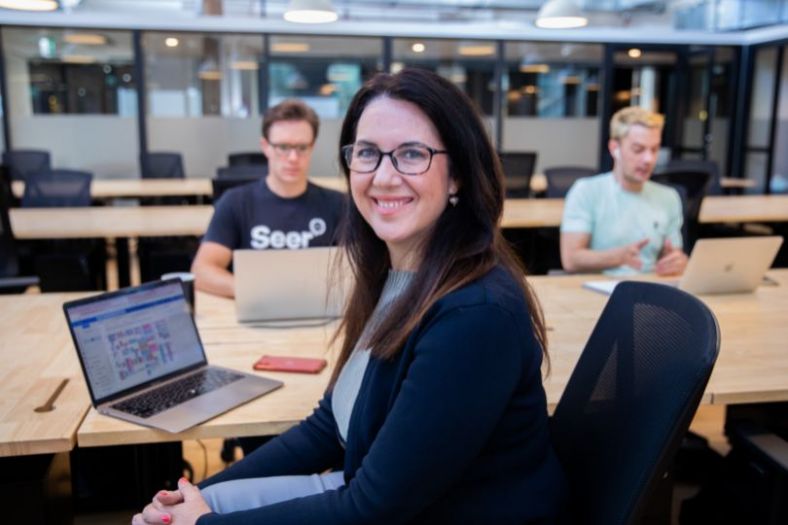Download or print
Request accessible format of this publication.

Increasing women’s economic opportunities benefits not only women, but their families and society as a whole.
As the 2021-22 NSW Intergenerational Report indicates, lifting the rate of women’s participation in paid work to equal men’s over the next 20 years would increase employment growth and lead to an NSW economy that is 8 per cent larger by 2060-61 (the equivalent of $22,000 more household income in today’s dollars)140.
In 2018, KPMG modelled that if the labour force participation gap were halved between men and women, Australia’s GDP would increase by $60 billion in 20 years141 142.
Studies show that after paid parental leave, fathers are more likely to participate in ongoing caring responsibilities and other unpaid work, creating more space for women to participate in the workforce, leading to long-term behaviour change143.
There is also compelling evidence that when parents share parental leave, family wellbeing improves, and organisations and families benefit144.
The economy also benefits from a more equal sharing of unpaid work.
A study of parents in New Zealand found that evenly sharing household responsibilities resulted in a three-hour net increase in the amount of paid labour supplied to the economy per couple per week145.
Reducing the amount of paid work by the higher earner in a couple by 1.3 hours enables them to spend 3.8 more hours on unpaid work, which in turn enables the lower earner to spend 4.3 more hours in paid work146. These results are likely to be similar in New South Wales.
Increasing the share of female key management personnel and increasing female representation on boards or governing bodies can lead to substantial improvements in financial performance147.
For example, there is evidence it can increase an organisation’s market value by between $52 million and $70 million per year148.
Women in governing board roles can also lead to an average of a 6.3 percentage point reduction in the gender pay gap for full-time managers149.
Women in visible leadership positions provide positive role models for other women and help dismantle prejudices about women in leadership.
Examples of women who have obtained and succeeded in such roles may make other women more likely to aspire to leadership roles and to feel that reaching them is achievable.
Women are 1.17 times more likely than men to create social ventures rather than purely economic ventures, and 1.23 times more likely to pursue environmental ventures than profit-centred ventures
Business ownership can contribute to better economic outcomes for women, while successful entrepreneurship can also result in higher savings and greater job satisfaction for women150.
Some women are also motivated to become business owners to give them greater flexibility to balance work and family commitments151.
Research indicates that gender and culturally diverse businesses have a range of advantages.
They can be better-placed to understand customers and respond to their needs, have better access to talent, have greater employee satisfaction and have better decision-making, all of which can lead to increased returns152.
Furthermore, research shows businesses at the highest quartile of executive-level gender diversity are 21 per cent more likely to financially outperform the national industry average compared to businesses with the lowest executive-level gender diversity153.
Many women-led start-ups are also significantly better financial investments than male-led start-ups, and there are significant economic gains to be made when more women enter business154.
Boston Consulting Group research shows that if women and men participated equally as entrepreneurs, global GDP could rise by approximately 3–6 per cent, boosting the global economy by US$2.5–5.0 trillion155.
Increased entrepreneurship by women can also support social progress.
Women are 1.17 times more likely than men to create social ventures rather than purely economic ventures, and 1.23 times more likely to pursue environmental ventures than profit-centred ventures156.
Request accessible format of this publication.